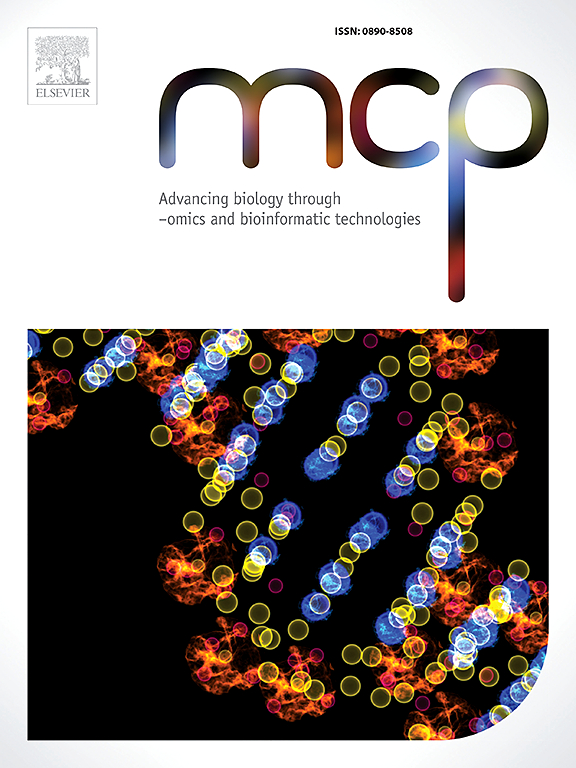以Descurainia sophia叶提取物绿色配制的银纳米粒子靶向HLC-1、LC-2/ad和PC-14肺癌细胞株。
IF 2.3
3区 生物学
Q3 BIOCHEMICAL RESEARCH METHODS
引用次数: 0
摘要
摘要索非拉是一种民族药用植物,含有抗氧化成分,可保护细胞完整性免受各种形式的损伤,并可能在癌症预防中发挥作用。这种植物中含有的抗氧化化合物能促进身体产生新细胞,降低患结肠癌的风险。近年来,利用民族药材通过绿色方法合成的纳米银已被用于癌症治疗。我们研究了采用绿色化学原理合成的银纳米颗粒,利用鸢尾叶提取物治疗肺癌。评估了Ag NPs对流行肺癌细胞的作用。利用x射线衍射(XRD)、场发射扫描电子显微镜(FE-SEM)、紫外可见光谱(UV-Vis)、能量色散x射线光谱(EDX)和透射电子显微镜(TEM)对绿色合成的纳米银进行了表征。形态学分析的结果证实了纳米颗粒的球形,其尺寸范围从20到60纳米。HLC-1、LC-2/ad和PC-14细胞株的IC50值分别为173、125和109 μg/mL。根据最近的数据,Ag NPs可能是支持肺癌治疗的有用选择。虽然目前的研究结果令人鼓舞,但需要进一步的研究来更深入地了解银纳米颗粒对HUVEC细胞的作用机制和潜在的副作用。本文章由计算机程序翻译,如有差异,请以英文原文为准。
Targeting the HLC-1, LC-2/ad, and PC-14 lung cancer cell lines by the silver nanoparticles green-formulated by Descurainia sophia leaf extract
Descurainia sophia, as an an ethno-medicinal plant, contains antioxidant compounds that safeguard cellular integrity against various forms of damage and may play a role in cancer prevention. Antioxidant compounds present in this plant facilitate the body's production of new cells and diminish the risk of colon cancer. In recent years, silver nanoparticles synthesized through green methods using ethnomedicinal herbs have been employed in cancers treatment. We have conducted an investigation into silver nanoparticles that were synthesized through green chemistry principles, utilizing the Descurainia sophia leaves extract for lung carcinoma treatment. The efficacy of Ag NPs against prevalent lung cancer cells was assessed. The green-synthesized silver nanoparticles characterization was conducted utilizing X-ray diffraction (XRD), field emission scanning electron microscopy (FE-SEM), ultraviolet–visible spectroscopy (UV–Vis), energy-dispersive X-ray spectroscopy (EDX), and transmission electron microscopy (TEM). The findings from morphological analyses validate the nanoparticles spherical shape, which ranges in size from 20 to 60 nm. The IC50 values were determined to be 173, 125, and 109 μg/mL for HLC-1, LC-2/ad, and PC-14 cell lines, respectively. According to recent data, Ag NPs may be a useful option to support the treatment of lung cancer. Although the current study presents encouraging findings, further investigation is necessary to gain a deeper understanding of the mechanisms of action and potential side effects of silver nanoparticles on HUVEC cells.
求助全文
通过发布文献求助,成功后即可免费获取论文全文。
去求助
来源期刊

Molecular and Cellular Probes
生物-生化研究方法
CiteScore
6.80
自引率
0.00%
发文量
52
审稿时长
16 days
期刊介绍:
MCP - Advancing biology through–omics and bioinformatic technologies wants to capture outcomes from the current revolution in molecular technologies and sciences. The journal has broadened its scope and embraces any high quality research papers, reviews and opinions in areas including, but not limited to, molecular biology, cell biology, biochemistry, immunology, physiology, epidemiology, ecology, virology, microbiology, parasitology, genetics, evolutionary biology, genomics (including metagenomics), bioinformatics, proteomics, metabolomics, glycomics, and lipidomics. Submissions with a technology-driven focus on understanding normal biological or disease processes as well as conceptual advances and paradigm shifts are particularly encouraged. The Editors welcome fundamental or applied research areas; pre-submission enquiries about advanced draft manuscripts are welcomed. Top quality research and manuscripts will be fast-tracked.
 求助内容:
求助内容: 应助结果提醒方式:
应助结果提醒方式:


